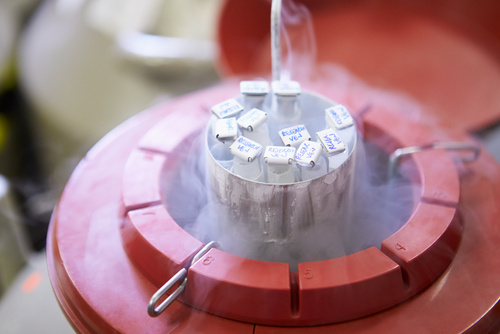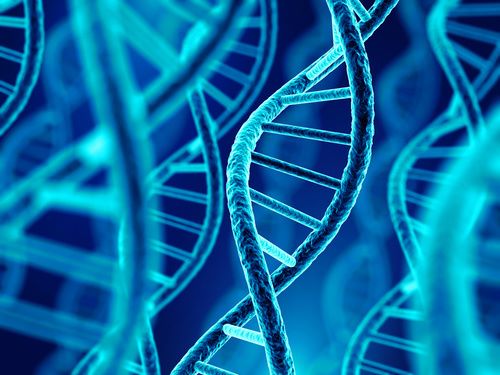The Evolution of Fertility Healthcare: 6 Significant Scientific Advancements

While our sex ed instructors would have us believe that sex is the only sure fire way to get pregnant, more than 33% of adults have either used fertility treatments to conceive or know someone who has.
From fertility medications to donor eggs from organizations like Donor Egg Bank USA (www.donoreggbankusa.com), there are many paths to help people overcome their infertility struggles and start the family they’ve been dreaming of.
However, what might surprise many is the connection between pregnancy and technology in many of these cases.
While conception is primarily a biological occurrence, for the 7.4 million people who struggle to conceive, having a baby would be impossible without a little bit of science.
Over the past several decades, fertility science and technology has evolved by leaps and bounds. We now have more options than ever before, including six of the most impressive reproductive advancements currently available.
1. Embryo Screening and Selection
Given the financial, emotional, and physical toll procedures like IVF can have on a person’s life and body, it’s not unusual for hopeful parents to seek the best options for success available.
Often, this can mean picking the highest quality embryos in a batch.
Lab workers use technologically advanced embryo grading methods to determine the condition of developing specimens. By utilizing this scale, they can provide prospective parents with guidance on using embryos that are most likely to provide successful results.
While analyzing the quality of these embryos, scientists can also screen them for possible genetic disorders, like sickle cell anemia and cystic fibrosis.
2. Better Access to Frozen Donor Eggs and Sperm
Many hopeful parents who require sperm or egg donation to conceive are under the false impression that fresh donations are the best or only option available to them.

This may have been the case in decades past, but thanks to an advanced flash-freezing technique called vitrification, people now have more options and access to these biological materials than ever before. What’s even better is that these frozen eggs and sperm offer nearly equal success rates as those from fresh specimens and are less expensive.
3. Improved Understanding of the Connection Between Lifestyle and Infertility
When discussing the connections between lifestyle choices and fertility, some things might seem obvious. For example, a person can likely assume hard drugs and alcohol aren’t conducive to successful conception.
Other things are less clear.
Thanks to enhanced lifestyle studies, scientists have discovered the various ways we can positively or negatively affect our fertility. For instance, diet can play a significant role in the quality of our eggs and overall reproductive health.
Other lifestyle factors to consider are stress levels, exercise routines, vitamin regimens, and caffeine intake.
4. Revolutionary IUD Options
Did you know that the first IUD on record was developed in 1909 and was made of silkworm gut? Thankfully, we’ve come far since these days and now have improved IUD birth control options to benefit individuals.
People can even choose low-dose hormone options that are just as effective, but easier on their bodies.
5. Egg Freezing is Now an Accepted Practice
Whether you’re struggling with a disease like cancer and are hoping to protect your future infertility or you’re not ready to have kids at the moment, freezing your eggs is an ideal way to preserve your fertility for the future.
This process was once previously labeled as experimental and difficult for patients to come by. Now, that experimental label has been lifted which provides individuals with more fertility-related options than ever before.
6. Enhanced Knowledge of Pre-Eclampsia
Approximately 1-in-25 pregnancies will result in pre-eclampsia, a dangerous condition involving abnormally high blood pressure and protein in the urine. This disease can cause serious problems, including seizures if it’s not handled correctly.
Thankfully, scientists have developed a range of lab tests to help healthcare providers identify the signs of pre-eclampsia in their beginning stages. We also have a better understanding of the disease and treatments than we did in the past.
Appreciating the Relationship Between Science and Fertility
It’s easy to see the vital connections that exist between science, technology, and reproductive health. From advanced IUD options to improved access to frozen donor eggs, people have more options than ever before when it comes to their family-building decisions.
Whether you’re hoping to get pregnant or avoid it, there’s a good chance one of these advancements will play a role in your healthcare experience.
With so many excellent options available, it begs the question – how much more will we learn and develop in the years to come?
